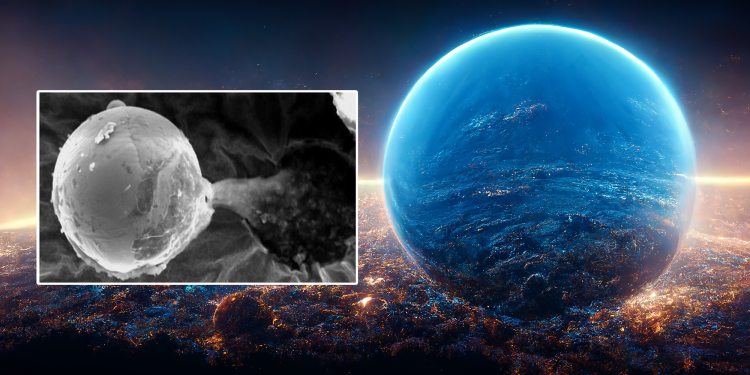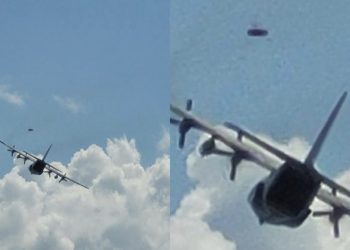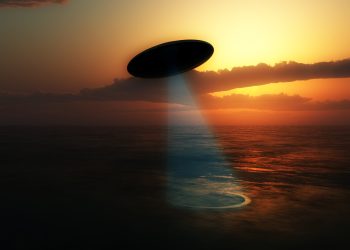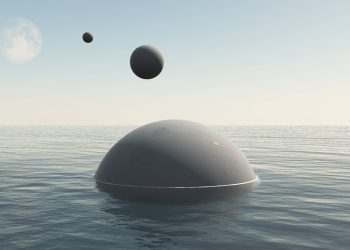A strange metallic orb was discovered years ago in the atmosphere of our planet. Now that the UFO phenomenon has reignited interest among ordinary people, scientists, the military, and the government, it is worth looking back at some discoveries that have perplexed us. The mysterious sphere hosted a strange organic substance inside.
The sphere was examined by an astrobiologist who believes the object may have been sent by aliens. But what would its purpose be? According to the expert, to create new life. Milton Wainwright is a British scientist who studies microbiology and astrobiology. Wainwright claimed that he had discovered a miniature metallic sphere with a gooey substance inside the samples.
Directed Panspermia?
This microscopic sphere impacted the scientific balloon that was sent into Earth’s stratosphere. The researcher from the UK discovered it is no larger than a human hair. And according to him, this could be a perfect example of directed panspermia. This is a theory that life on Earth was seeded by a super-advanced alien civilization. Although the claims are truly sensational, he also said at the time of the discovery that it was extremely difficult, if not impossible, to prove this was the case. When he revealed his findings, Wainwright explained that the sphere impacted the scientific balloon, which collected particles in the stratosphere. The crater left on the ballon by the sphere led Wainwright to believe the object came from outer space.
“It is a ball about the width of a human hair, which has filamentous life on the outside and a gooey biological material oozing from its center,” the British expert was quoted saying by the University of Birmingham.
Regrettably, the discovery made by Professor Wainwright did not interest his colleagues. No one was interested in looking at the result. No one tried to recreate his finding.
Evidence of alien life?
When the sphere hit the balloon, it was located at a distance of 25 kilometers from the surface. When the balloon landed, the sphere that impacted it was analyzed. It was of microscopic size and made of titanium and vanadium, according to the search. Furthermore, a biological substance was in its interior. In the past, Professor Withwright said that there were several theories about where the sphere came from. One is that it was sent by aliens to seed life on Earth. However, NASA has discovered that different forms of life can exist in the upper atmosphere of our planet. Interestingly, some organisms can even survive in space. Tardigrades, for example, are some of the animals that can withstand the hostile environment in space.
Additionally, back in 2021, we wrote about mysterious microbes (four strains) discovered on the International Space Station. At the time, scientists said that the microbes were “unknown to science.” “Three of them were previously unknown to science. All four strains belong to a family of bacteria that are commonly found in water and soil here on Earth, which makes their discovery on ISS even more surprising.”











